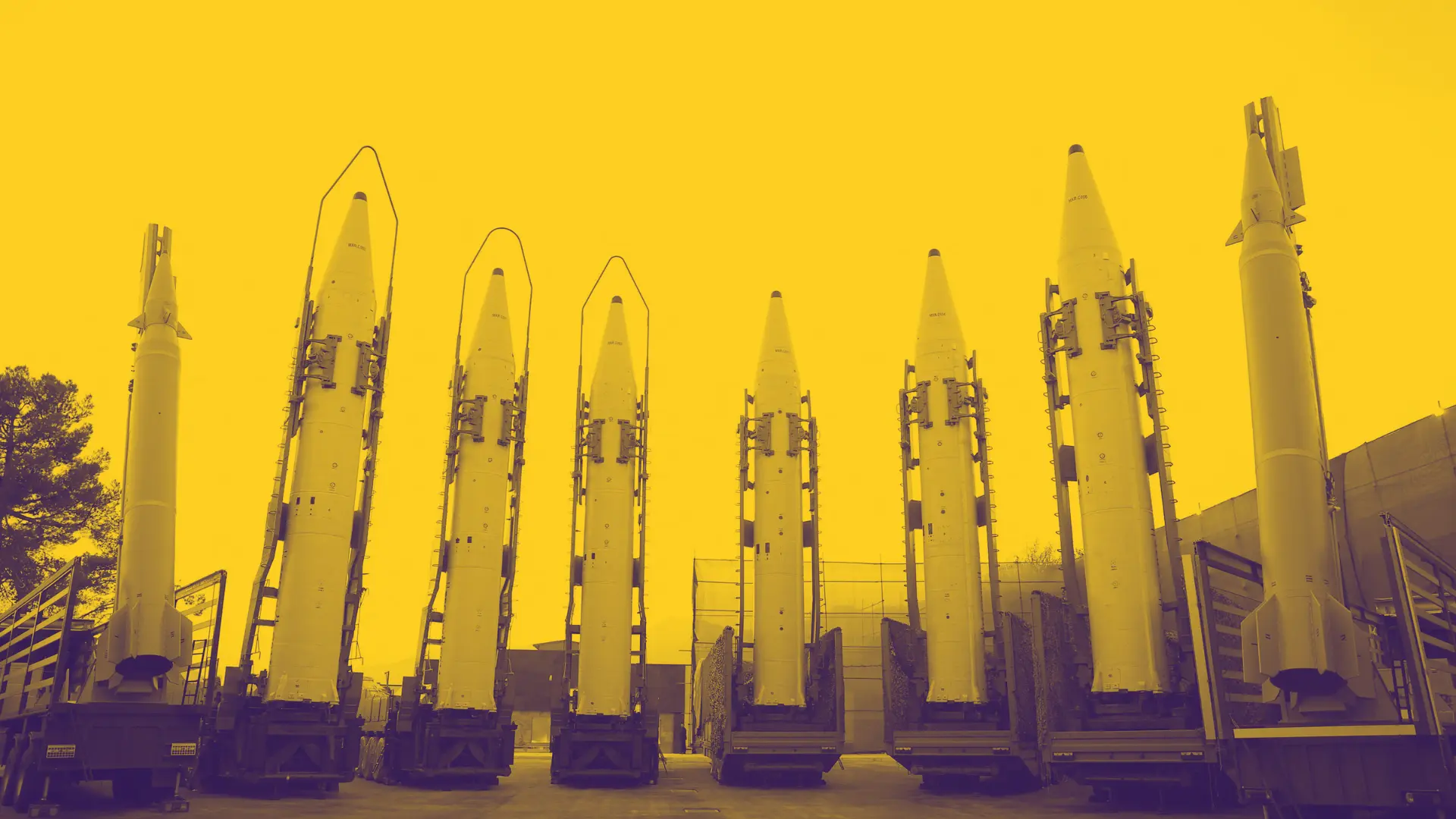On Tuesday, October 1, Israel endured a barrage of missile attacks from Iran, marking the second such direct assault this year. The first incident occurred on April 13, when Iran launched 300 drones and missiles in a coordinated strike against Israel, which resulted in only minor damage.
The April assault happened two weeks after an airstrike, attributed to Israel, that targeted Iran’s diplomatic mission in Damascus, destroying the embassy’s consular annex and killing seven members of the Revolutionary Guards, including two generals.
This week, the Israeli military reported that over 180 ballistic missiles were launched by Iran directly at Israel, a significant escalation in the ongoing conflict, which has mostly played out through proxy forces until now. Most missiles were intercepted by Israeli air defenses or by allied forces before reaching Israel.
The attack came after Israel’s killing of Hezbollah leader Hasan Nasrallah, a key ally of Tehran, and the launch of an Israeli ground offensive into southern Lebanon.
Iranian Missile Capabilities
In April, the semi-official Iranian news agency ISNA provided details of missiles capable of reaching Israel.
The missiles mentioned included:
Sejil: Capable of reaching speeds of over 10,500 mph (around 16,900 km/h) with a range of 1,550 miles (2,494 km).
Shahab-3: With a range of up to 2,000 km (1,242 miles).
Kheibar: Capable of a range of 1,240 miles (1,995 km).
Haj Qasem: Reaching targets up to 870 miles (1,400 km) away.
Last August, Iran announced the development of an advanced domestic drone named Mohajer-10, with an operational range of 1,240 miles (1,995 km), a flight duration of up to 24 hours, and the capacity to carry up to 300 kg.
Iran’s Hypersonic Ballistic Missile
Iran also unveiled what it claimed was its first indigenously developed hypersonic ballistic missile last year, according to the official IRNA news agency. Hypersonic missiles travel at least five times faster than the speed of sound and can take unpredictable trajectories, making them hard to intercept.
The Arms Control Association in Washington noted that Iran’s missile program draws heavily on North Korean and Russian technology. Iran has various missiles, including:
Shahab-1: With an estimated range of 190 miles.
Kh-55: A cruise missile capable of carrying nuclear warheads, with a range of up to 1,860 miles (2,993 km).
Khalid Farzh: An anti-ship missile with a range of 186 miles and a 1.1-ton warhead.
Israel’s Air Defense Systems
Israel’s air defenses are advanced, with the well-known Iron Dome system designed to intercept short-range rockets fired by groups such as Hamas and Hezbollah.For the April attack, other air defense systems likely played key roles:
David’s Sling: A joint US-Israeli system that intercepts medium- to long-range rockets, as well as ballistic and cruise missiles.
Arrow 2 and Arrow 3: Designed to intercept long-range ballistic missiles that fly outside Earth’s atmosphere.
About the IRGC
The Islamic Revolutionary Guard Corps (IRGC) was established after the 1979 Islamic Revolution to provide extra security for Iran’s new regime and act as a counterbalance to the regular armed forces.
The IRGC reports directly to Iran’s Supreme Leader, Ayatollah Ali Khamenei, and includes an estimated 125,000 military personnel across army, navy, and air units, though the actual number might be higher.
The IRGC also oversees the Basij, a volunteer paramilitary force loyal to the government that is often deployed to suppress domestic protests. Analysts estimate that the number of Basij members could be in the millions.
What Are IRGC Capabilities?
The IRGC oversees Iran’s ballistic missile program, which is considered the largest in the Middle East. Its missiles have been used against militants in Syria and northern Iraq. In 2019, the US, European countries, and Saudi Arabia blamed Iran for a missile and drone strike that temporarily crippled Saudi Arabia’s largest oil processing facility.
Global Military Rankings
According to the Global Firepower Index 2024, Iran ranks 14th globally in terms of military strength, while Israel stands at 17th place. Iran surpasses Israel in terms of military personnel, tanks, and armored vehicles, although geographical constraints make these factors less relevant in a conflict between the two countries. With nations like Iraq and Jordan between them, Israel and Iran are separated by approximately 1,850 km (1,149 miles).
Middle East expert Fabian Hinz of the International Institute for Strategic Studies (IISS) said that a conflict between Iran and Israel would most likely not resemble a traditional war but rather an exchange of strikes over long distances. Air power would be crucial, with Israel holding a distinct advantage due to a larger and more modern air fleet compared to Iran, whose aging aircraft fleet is still affected by international sanctions.
Ballistic vs. Cruise Missiles
Ballistic Missiles:
Flight Path: Launched into the upper atmosphere, following a parabolic trajectory before descending toward their target.
Speed: Reach very high speeds, often above Mach 5 during descent.
Range: Cover distances from a few hundred kilometers to over 10,000 kilometers.
Guidance: Less maneuverable once in the ballistic phase; rely mostly on initial guidance with some terminal adjustments.
Payload: Capable of carrying conventional or nuclear warheads.
Cruise Missiles:
Flight Path: Fly at low altitudes and maintain level flight, powered throughout their path and capable of avoiding obstacles and air defenses.
Speed: Typically slower, with subsonic or supersonic speeds; some models may reach hypersonic speeds.
Range: Generally shorter than ballistic missiles, ranging from a few hundred to a few thousand kilometers.
Guidance: Employ advanced guidance systems like GPS and terrain mapping for precise targeting.
Payload: Can carry either conventional or nuclear warheads.
MUST READ: Iran’s Attack On Israel: Here’s Everything You Need To Know




